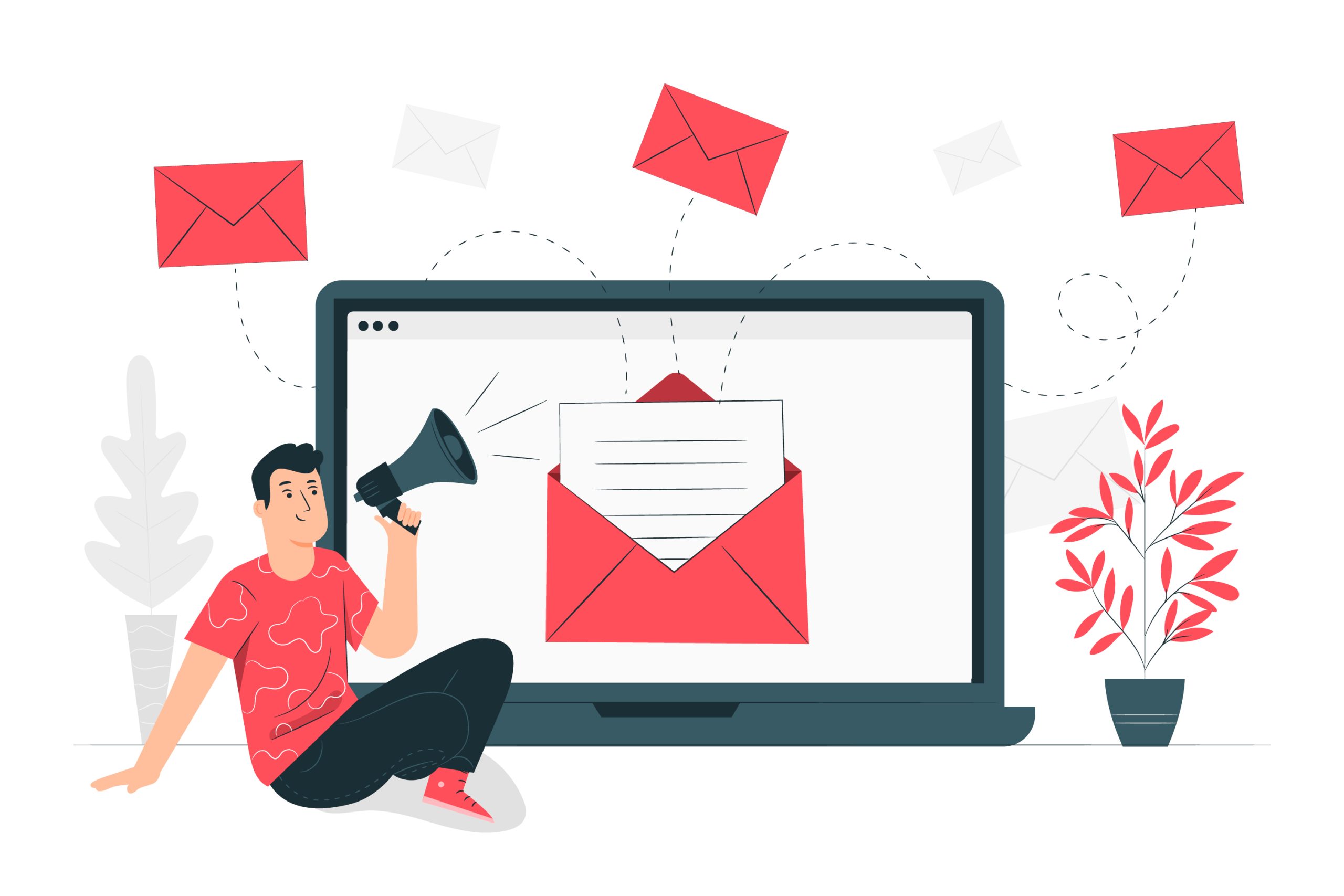Email remains a powerful tool for businesses to connect with their audience. Crafting compelling and visually appealing email templates is crucial for effective communication and brand representation.
However, a common dilemma arises when deciding whether to take the do-it-yourself (DIY) route or enlist professional help for creating custom email templates.
In this blog post, we will explore the pros and cons of both approaches, helping you make an informed decision based on your specific needs and resources.
The DIY Advantage
Cost-effectiveness
One of the most significant advantages of the DIY approach is cost-effectiveness. With the plethora of online tools and resources available, individuals with basic design skills can create visually appealing email templates without breaking the bank.
Various free or low-cost design platforms and email marketing services offer templates and drag-and-drop features, making it accessible to even those with minimal design experience.
Flexibility And Control
When you choose to design your email templates, you have complete control over the creative process. You can experiment with different layouts, colors, and fonts until you find the perfect combination that aligns with your brand identity.
This flexibility is particularly beneficial for small businesses or startups with limited budgets, allowing them to adapt their email marketing strategy based on evolving needs.
Timely Execution
DIY email template creation often involves quicker turnaround times. In a fast-paced digital landscape, businesses may need to roll out email campaigns promptly to capitalize on time-sensitive opportunities. Creating your templates enables you to respond swiftly to market trends, promotions, or other events without waiting for external professionals.
The DIY Disadvantage
Limited Design Expertise
While DIY tools provide a user-friendly interface, they may lack the depth of design expertise that a professional graphic designer possesses.
This limitation can result in templates that, while visually appealing, may not fully capture the essence of your brand or convey the desired message. A lack of design finesse could impact the overall effectiveness of your email campaigns.
Time-consuming Learning Curve
Designing effective email templates involves more than just arranging elements on a canvas. Understanding design principles, user experience, and responsive design can be time-consuming for someone unfamiliar with these concepts.
The learning curve associated with mastering DIY tools might be better spent on other aspects of your business that require your expertise.
Inconsistency across Platforms
DIY templates may not always render consistently across different email clients and devices. Ensuring responsiveness and compatibility can be challenging, leading to a less-than-optimal user experience for recipients who access emails on various devices.
Professionals, with their experience, are more likely to produce templates that seamlessly adapt to different platforms.
The Professional Advantage
Expertise And Quality
Professional graphic designers bring a level of expertise and creativity to the table that may be challenging to achieve with DIY tools. They have an in-depth understanding of design principles, color theory, and user experience, ensuring that your email templates not only look visually appealing but also effectively convey your brand message.
Consistency And Branding
Hiring professionals ensures a consistent and cohesive visual identity across all your email communications. Designers can create templates that align seamlessly with your brand guidelines, fostering brand recognition and trust among your audience.
Consistency in branding is vital for establishing a strong and memorable presence in the minds of your customers.
Time-efficiency
Professionals, armed with experience and expertise, can deliver high-quality email templates in a shorter time frame compared to someone learning the ropes of DIY design.
This time efficiency can be particularly advantageous for businesses with tight schedules or urgent campaign requirements.
The Professional Disadvantage
Cost
The most apparent drawback of hiring professionals is the associated cost. Design services come at a price, and for small businesses or startups with limited budgets, this expense might be a significant factor.
However, it’s essential to weigh this cost against the potential long-term benefits of professional design, including increased brand credibility and higher conversion rates.
Dependency on External Timelines
Working with professionals often means relying on external timelines. Depending on the workload of the design team, your project may not receive immediate attention. This potential delay could be a drawback for businesses that require rapid response times for their email campaigns.
Less Flexibility in Iterations
While professionals bring expertise to the table, the collaborative and iterative nature of DIY design might be limited. Revisions and adjustments may take longer and could incur additional costs. For businesses that value continuous experimentation and adaptation, this reduced flexibility could be a drawback.
Wrapping Up!
Choosing between the DIY and professional approaches for crafting custom email templates ultimately depends on your specific needs, resources, and long-term goals.
In many cases, a hybrid approach may be suitable, where businesses create initial templates using DIY tools and later collaborate with professionals for refinements and optimization.
Whichever path you choose, it’s crucial to continually assess the performance of your email campaigns and be willing to adapt your strategy based on the evolving needs of your audience and the ever-changing digital landscape.
































































